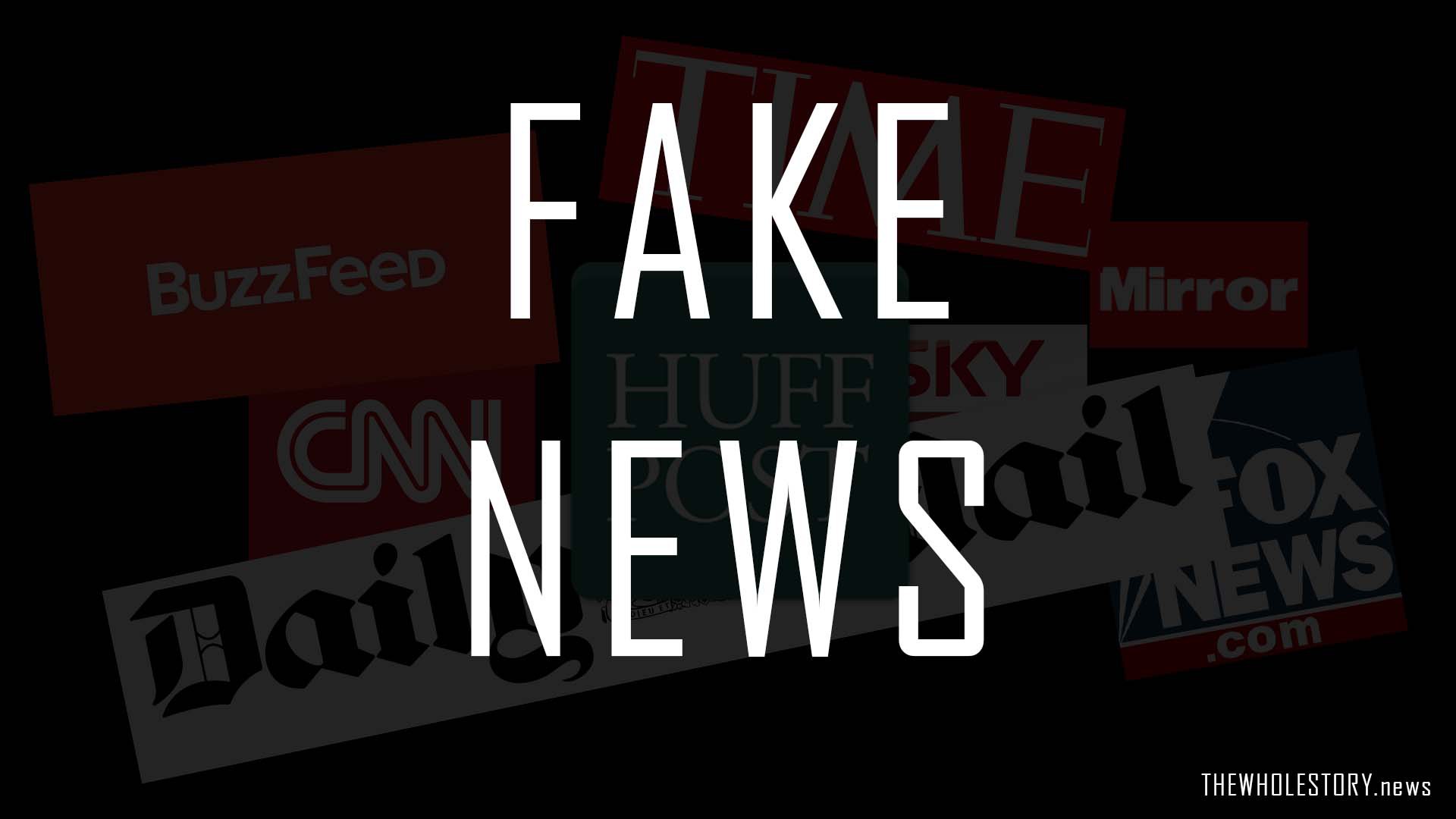
When you open up a news feed or even a media outlet, it’s hard to know what’s real and what’s fake these days. This isn’t to say that in all cases it’s being done maliciously, but it’s extremely difficult to sort through the fake news in order to find the truth. They say the truth will always prevail, which is why this BBC initiative is so fascinating to me. The BBC will teach kids how to spot fake news for themselves. Technology is giving us ways to spot fake news, but I feel like this is “calculator” technology. Meaning, you will always have to have the technology with you in order to spot fake news. Much like we (or maybe it’s just me) need a calendar to do simple math problems. We should be able to think in a critical way that doesn’t require technology to assist us.

Starting in March of 2018, the BBC will start sending reporters to secondary schools and events. The goal, like I said, is to encourage teenagers to think critically about what they read online. There are about 1,000 schools that will possibly benefit from these talks. Classroom activities include a game developed by animation studio Aardman (Wallace and Gromit). This will actually put students on the floor of a newsroom. Tony Hall, Director General of the BBC indicated that the BBC, as a news outlet, has a responsibility. He says “by sharing our journalistic expertise, we want to give young people the skills and awareness they need to be confident about identifying the real news stories and calling out fakes.”

There are two reasons that this is happening now. The first is rather obvious – the recent proliferation of fake news. The other reason is due to a recent year-long study conducted by the University of Salford. The study looks at how well children between ages 9 and 14 can identify fake information. Most children in the study said they knew what fake news was, but most couldn’t distinguish between real and fake. Fake news aside, this is a real problem. While it’s very difficult to always know when someone is lying, you do have a “feeling” about it. Fake news is no different. If you read something that you think is fishy, it probably is.

Fake news is a recent phenomenon. It became popular by Donald Trump during his presidential election campaign last year. Trump was using it to his benefit during the election. Now, people are using the term in a way that doesn’t exactly help him. An example of a fake news story was one that claimed the Pope had endorsed Trump for president. A lot of people believed this to be true, when in fact, it wasn’t. Why is this happening now?
People are getting information or news from a lot of different sources. Even different platforms. What we find is that some of it is old news with a new spin. Some of it is half-truths. But some of it is outright lies. When you look at a news feed with a mix of this kind of information, it’s extremely difficult to know what is what. Which is why this initiative from the BBC is so incredible. It is helping kids to think in a way that allows them to understand the difference. To read between the lines even. This is extremely positive and I hope it will have an impact on society.

[…] post Kids in the UK Are Learning About Fake News in School appeared first on Saintel […]